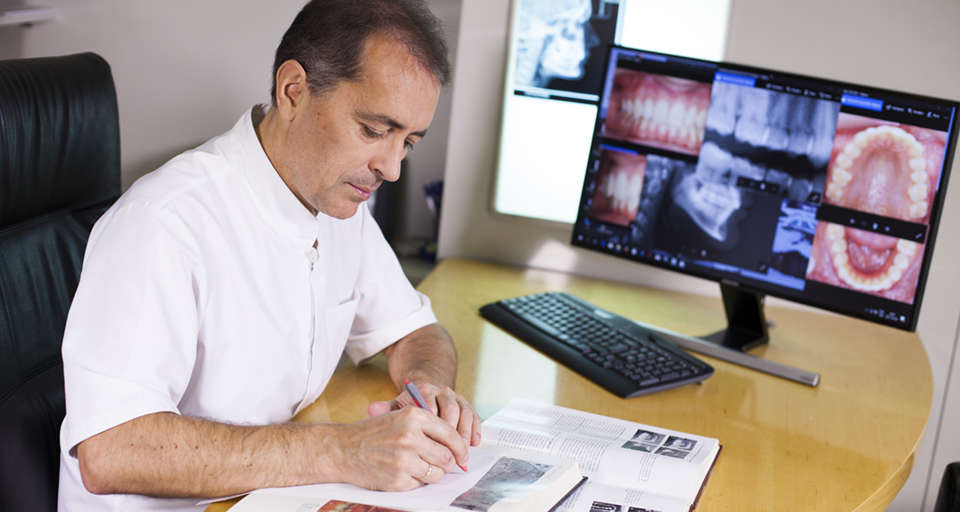Comparison of Three Methods of Rating Nasolabial Appearance in Cleft Lip and Palate.
Written by admin on July 15, 2017
Cleft Palate Craniofac J. 2017 Jul;54(4):400-407. doi: 10.1597/14-189. Epub 2017 Jan 31.
Fudalej SA, Desmedt D, Bronkhorst E, Fudalej PS.
OBJECTIVE: To investigate which of three methods of rating nasolabial
appearance-esthetic index, visual analogue scale (VAS), or numerical scale with
reference photographs-is optimal.
DESIGN: Experimental study.
SETTING: Radboud University Medical Centre, The Netherlands and University of
Bern, Switzerland.
SUBJECTS AND METHODS: Cropped photographs of 60 patients with complete
unilateral cleft lip and palate (mean age = 10.8 years) were used for rating. A
panel of eight raters rated four components of nasolabial morphology (nasal
shape, nose deviation, vermillion border, and profile view) using three methods:
5-point esthetic index, 100 mm VAS, and 0 to 200 numerical scale with reference
photographs (reference scores method). Method reliability was assessed by
re-evaluation of 20 images after >1 month. Intraclass correlation coefficients
were calculated to evaluate consistency of each method.
RESULTS: Overall reference scores method always produced more reproducible
results (i.e., higher ICCs) than did VAS or the esthetic index. However,
statistically significant differences were found between reference scores and
esthetic index in rating nasal shape, nose deviation, and vermillion border only
(P < 0.001, <0.001, and 0.012, respectively) and between reference scores and
VAS in rating nose deviation and vermillion border (P < 0.001 and 0.017,
respectively).
CONCLUSION: We recommend the use of reference photographs along with the VAS or
numerical (from 0 to 200) semi-continuous scale. The esthetic index, based on a
Likert-type scale, seems to produce the most variable results and, therefore, is
not preferred.
DOI: 10.1597/14-189
PMID: 28140671 [Indexed for MEDLINE]




